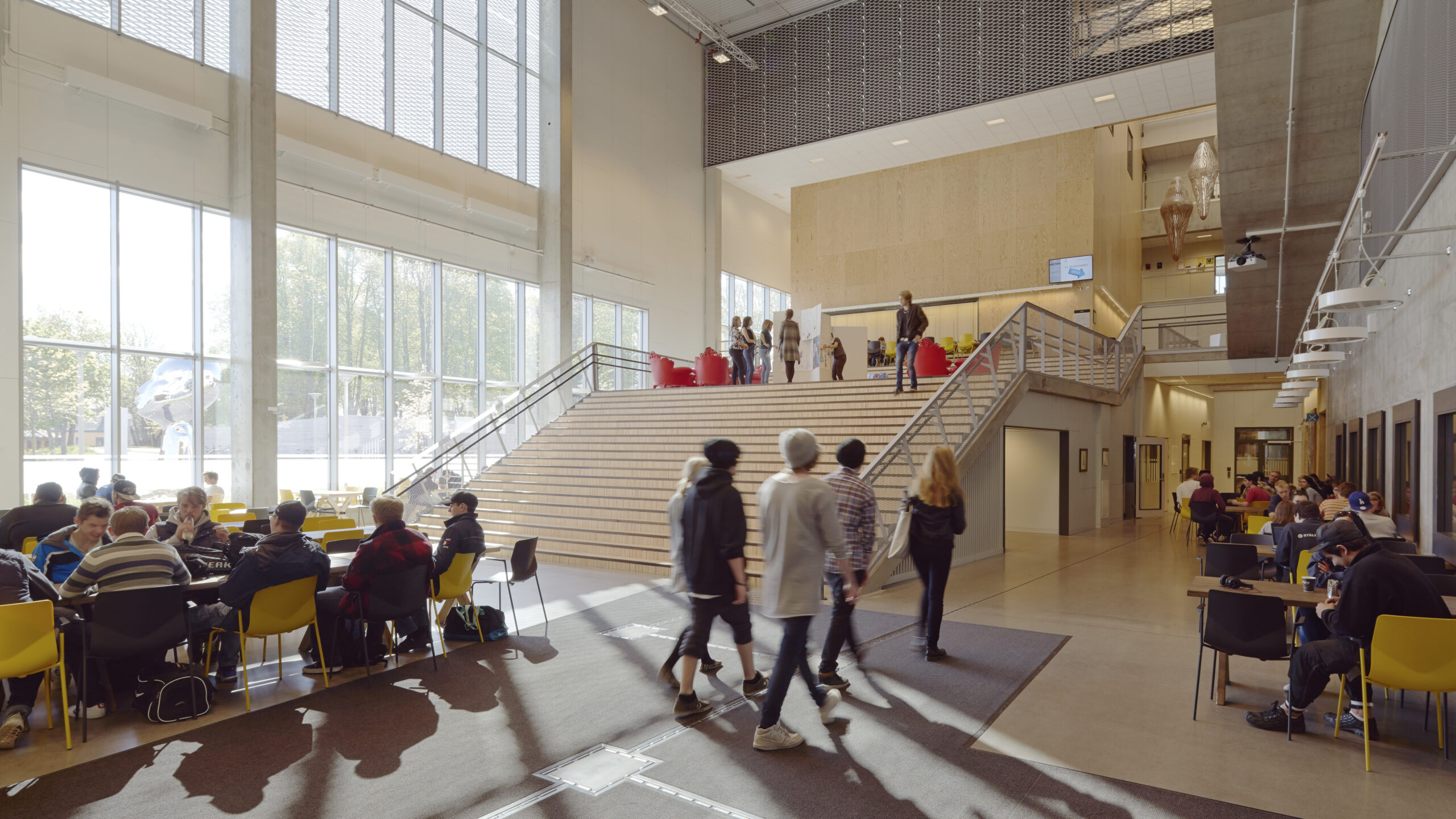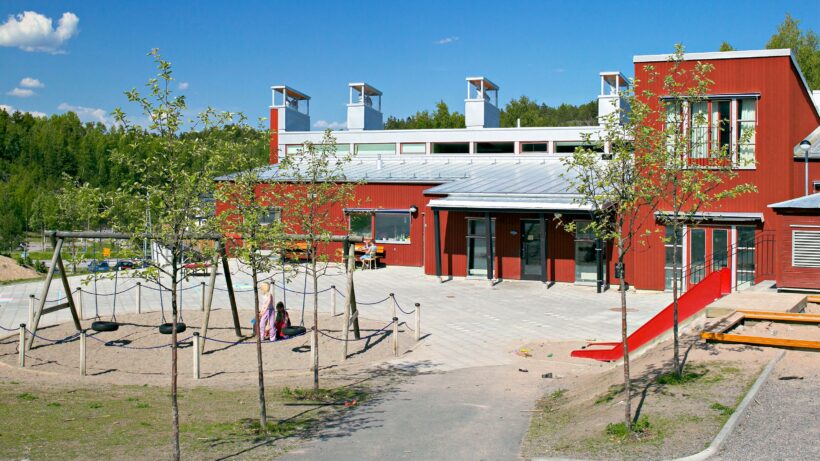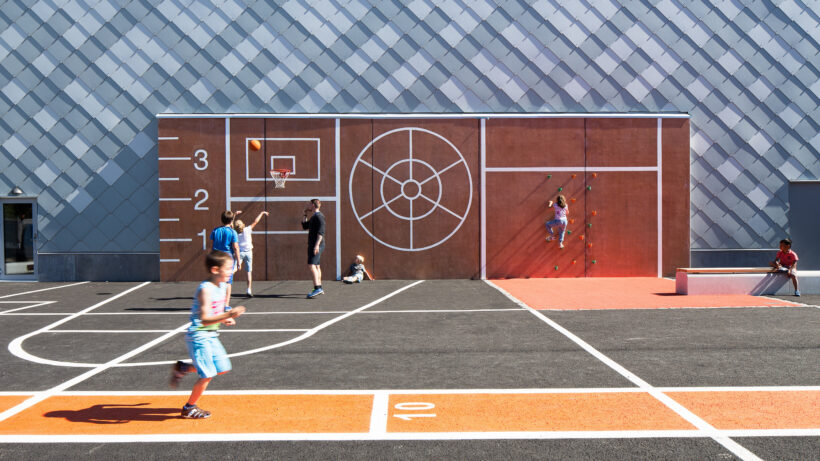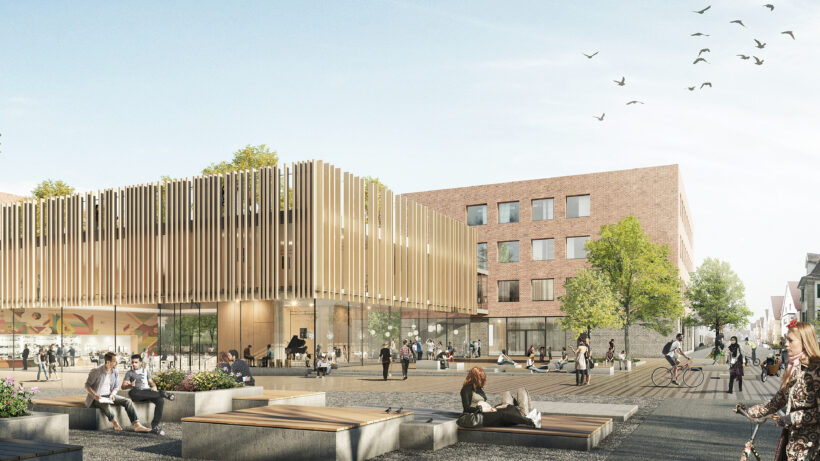A new school is a major investment that should do more than simply provide teaching facilities. A well-planned school that meets current and anticipates future needs, that is created for friendship and security, movement and concentration, does not simply lay the foundations for a good education and workplace, It engages the local community, engenders civic pride and can become a much-needed centre for activities and social intercourse.
The activity and flow that a school generates is an excellent motor for driving a vibrant urban area and can create a hub for residents and students, as well as for cultural and commercial activities and for local clubs and associations. This is where architecture can play a crucial role in successfully and efficiently meeting all of these needs.
Making maximum use of the school’s premises provides profits not only financially but also socially and in terms of sustainability. It becomes a place where the local community can gather. A school that is teeming with life during many hours of the day and days of the year also provides an increased sense of security by populating local streets, footpaths and public spaces. Such a school creates a sense of participation, interest and engagement and becomes something to be nurtured and cared for; in this way, we can promote positive social development on several levels, with the school as a rallying point. As such, the school’s design and location in the community is crucial.



